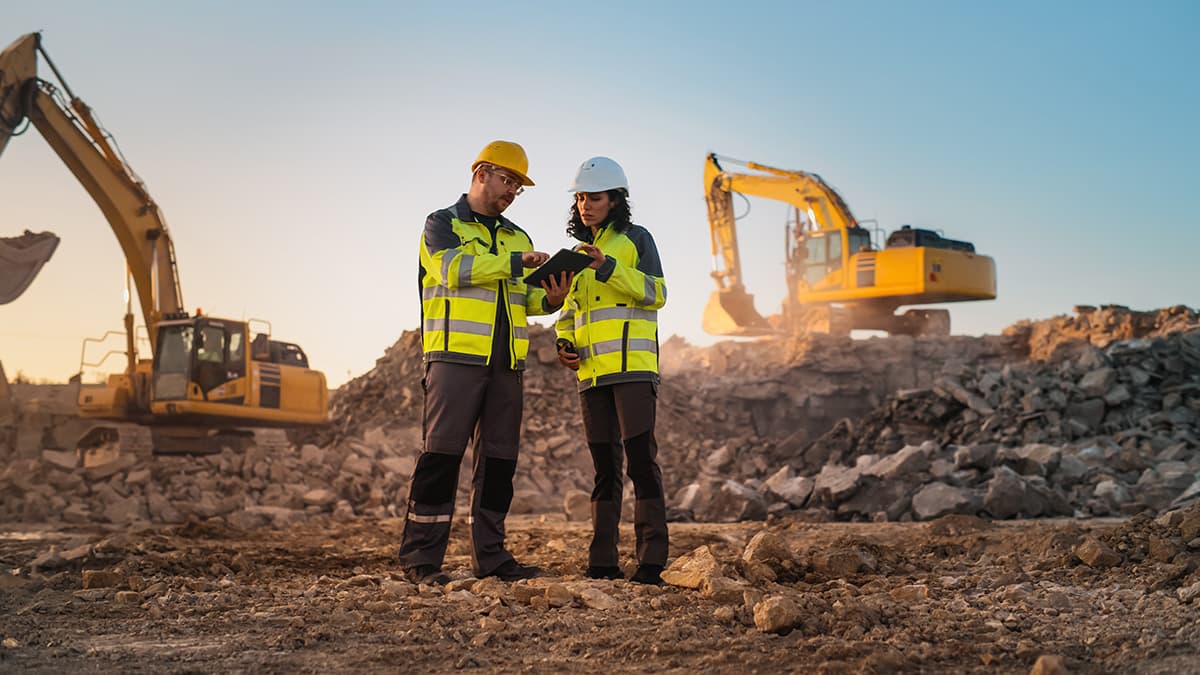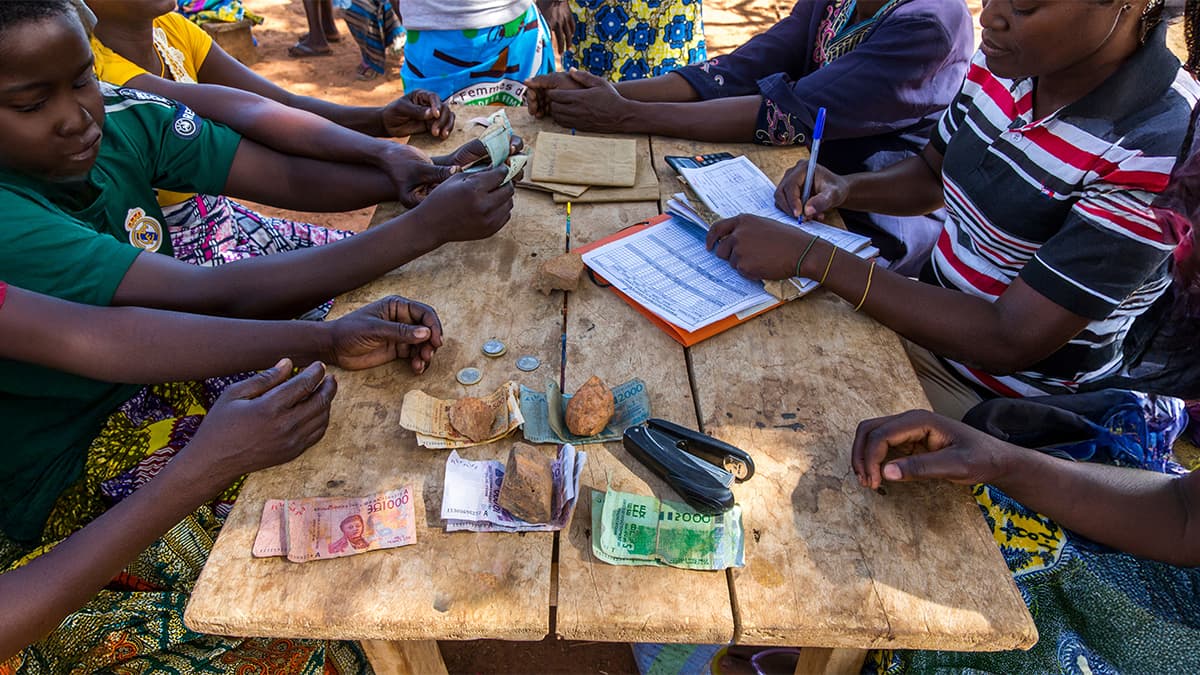.jpg)
Do all people need social protection systems? How do we map out the truly deserving beneficiaries? Think over this for a moment- A person has a permanent house, owns machinery and assets like vehicles for commuting, uses LPG and has access to grid electricity and water. Possibly, a safety net or social protection scheme is redundant for this individual’s household. The answer is no. Though not poor or disadvantaged, the individual may still not be immune to covariate shocks like floods, cyclones, typhoons or tornadoes. What’s more, the household can be susceptible to Black Swan events like the Covid pandemic or incidents of political coups and geopolitical tensions that can displace swathes of population from their roots.
Social protection is more than just a concept—it's a fundamental human right. It's woven into the fabric of international agreements like the Universal Declaration of Human Rights and the Sustainable Development Goals (SDGs). Simply put, it's about ensuring that everyone, including the most vulnerable and the specially abled, has access to essential support systems. Imagine a world where no one is left behind, where everyone has a safety net to fall back on in times of need. That's the vision laid out in SDG 1.3- a future where robust social protection systems uplift the poor and vulnerable, building a more equitable and resilient society.
Why the need for dynamic social registries?
.jpg)
Historically, the design and delivery of social protection schemes have been driven by statist social registries. Such citizen databases do not capture the changes in socio-economic status of people. It’s about time for governments worldwide to embrace dynamic, integrated social registries. Today, social registries are more than information repositories. They are a key instrument for policy management and the social and economic inclusion of the most vulnerable groups.
Identifying those who need social protection services is no small feat for decision-makers. Misidentifying the needy can lead to serious repercussions, affecting equality, public spending efficiency, and the credibility of social policies. But here's the thing: social registries are stepping up to the plate, not just as aid tools but also as shields against climate change and disasters. They're the backbone of program implementation, streamlining the delivery of both national and local services. In essence, these registries aren't just paperwork—they're powerful instruments shaping a more resilient and responsive social safety net for everyone.
How CSM empowered social protection delivery in Gambia, Ethiopia
Gambia, an African nation, has shown the way on how social registry can be tapped to deliver benefits ‘real time’ to the poor. CSM Tech has revolutionized the game with its dynamic social registry. Using a Proxy Means Test (PMT), each household gets a score, categorizing them based on need. But here's the kicker: it's not just about static data. Gambia's system is smartly linked to the Central Voter Registration System (CVRS), ensuring real-time updates and inclusivity. A social registry that's not only efficient but also agile, adapting to the changing needs of its people in real-time. Gambia’s social registry offers the following features:
- Single database to monitor & co-ordinate the ‘supply side’ of social protection programmes
- Identifies ‘who receives what’, duplications & potential for synergies across programmes
- Consolidates information from different social programmes and their benefits
In Ethiopia, our interoperable social registry has transformed the dynamics of implementation of the World Bank funded Productive Safety Net Programme (PSNP). The scheme now seamlessly more than 11 million beneficiaries. The programme provides unconditional transfers and conditional support to the poor and vulnerable households, consolidates beneficiary databases across departments such as Agriculture, Health, and Labour & Social Justice, using the National Household Registry as the primary key.
The future is rooted in tech-powered inclusive social registries
As governments gear up to expand social protection, a dynamic social registry emerges as a linchpin for equitable benefit distribution. Leveraging cutting-edge technologies like Artificial Intelligence (AI) for beneficiary mapping and blockchain for secure data encryption holds immense potential. Additionally, Robotic Process Automation (RPA) can streamline inclusion/exclusion criteria assessment, expediting beneficiary application processing. Technology not only tackles the complex exclusion-inclusion dilemma but also addresses coordination challenges in social protection efforts. The future promises a tech-enabled landscape where innovation not only enhances efficiency but also fosters inclusivity, paving the way for more effective social protection systems.


























































We will verify and publish your comment soon.